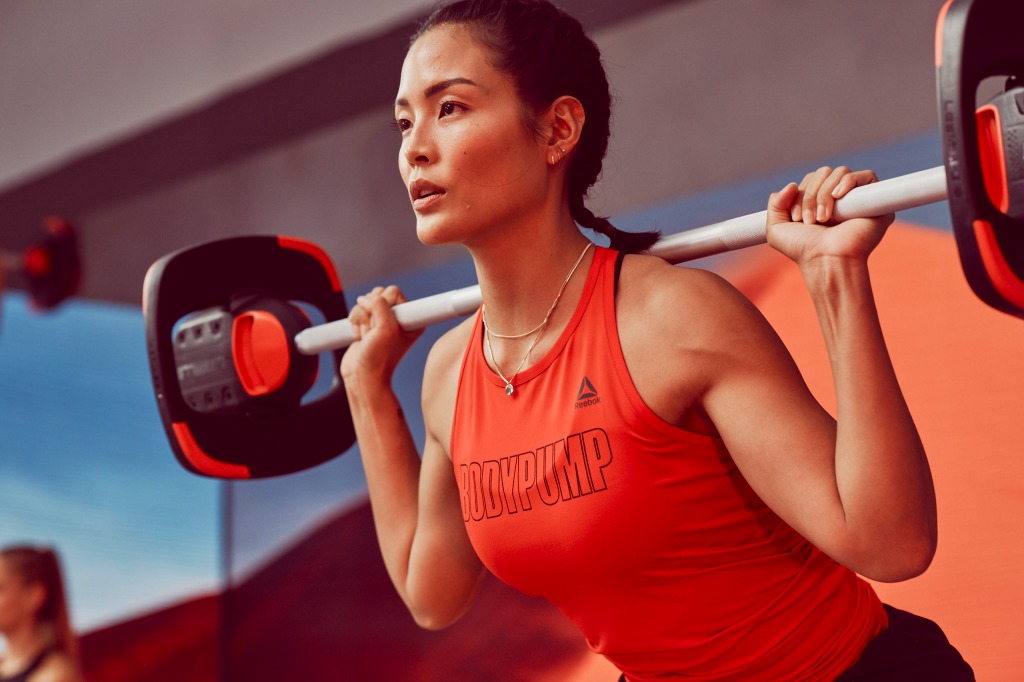High-intensity interval cycling can deliver transformative results – if you get the formula right.
TAKE A SEAT AND BRACE YOURSELF FOR TRANSFORMATIVE RESULTS
The transformative results that go hand-in-hand with high-intensity interval
training don’t come from sitting on your butt. Or do they?
When it comes to getting the remarkable fitness fueling benefits of high-intensity interval training, a
combo of intensive burpees, lunges, squats and the like is no longer the only way to go.
Research by Professor Jinger Gottschall at Penn State University has shown that high-intensity interval
cycling can significantly improve cardiovascular, metabolic and musculoskeletal fitness – making it an
effective, low-impact alternative to traditional high-intensity interval training.
In a six-week long study, 36 physically fit adults ticked off at least three 60-minute sessions of
cardiovascular exercise a week. Half replaced a single 60-minute cardiovascular training session with
two 30-minute high-intensity LES MILLS SPRINT™ indoor cycling sessions on non-consecutive days.
Researchers measured blood pressure, peak oxygen consumption, fasting blood profile, body
composition and leg strength at the start of the study and again at six weeks. According to Bryce
Hastings, Les Mills Head of Research, the improvements were striking.

Both groups enjoyed better physical fitness across nearly all variables, but the group that did LES
MILLS SPRINT really took the results up a notch. “We saw reduced body fat mass, blood pressure, total
cholesterol and triglyceride concentration,” says Bryce. “There was also enhanced cardiovascular
fitness, lean body mass, glucose tolerance and strength.”
Bryce explains that the effectiveness of LES MILLS SPRINT is born from the high-intensity interval
training (HIIT) structure, where periods of exertion over 85 per cent maximum heart rate are followed by periods of recovery or rest – a scientifically-proven HIIT formula that allows you to keep reaching
your maximum training zone again and again.
Past studies have suggested that the HIIT effect you can drive nine times the fat loss of regular cardio
training. “We’ve long known that high-intensity exercise can make a significant difference in overall
health and fitness in a relatively short amount of time, however because this type of exercise often
involves weight-bearing impact, it has not been a viable option for those who suffer foot, knee, and
lower back pain,” says Gottschall, Associate Professor and lead researcher of the study.
These findings suggest that low-impact interval cycling can achieve similar results to weight-bearing
HIIT. “There is less impact with LES MILLS SPRINT than weight-bearing HIIT programs so it may suit
those with orthopaedic restrictions,” says Gottschall. There is also evidence that high intensity interval
cycling can help reverse the aging process – shaving up to 20 years off your biological age!
High-intensity interval cycling is also ideal if you’re looking to introduce high-intensity to your training.
The 30-minute cycling workout allows anyone to push their physical and mental limits in a safe
environment. It features bursts of intensity to work you as hard as possible, followed by periods of rest,
allowing you to prepare for the next effort.
“There is no complex technique to master and you manage your own resistance,” says Bryce. “It allows
you to safely push your body through high-intensity intervals and swiftly amplify your fitness level.”
But that doesn’t mean it’s easy.
“I found it incredibly gruelling,” said study participant, Ann Marie Oldani, “It was harder than any other
workout I’ve done. Far more intense than I ever thought it would be,”
“I was thinking I could cheat a little, but the instructors are right there to push you,” said Nelitza Sarriera.
“I just love it!”
Are you up for the challenge? Take a seat and see your fitness fly.
This piece originally appeared at lesmills.com






















